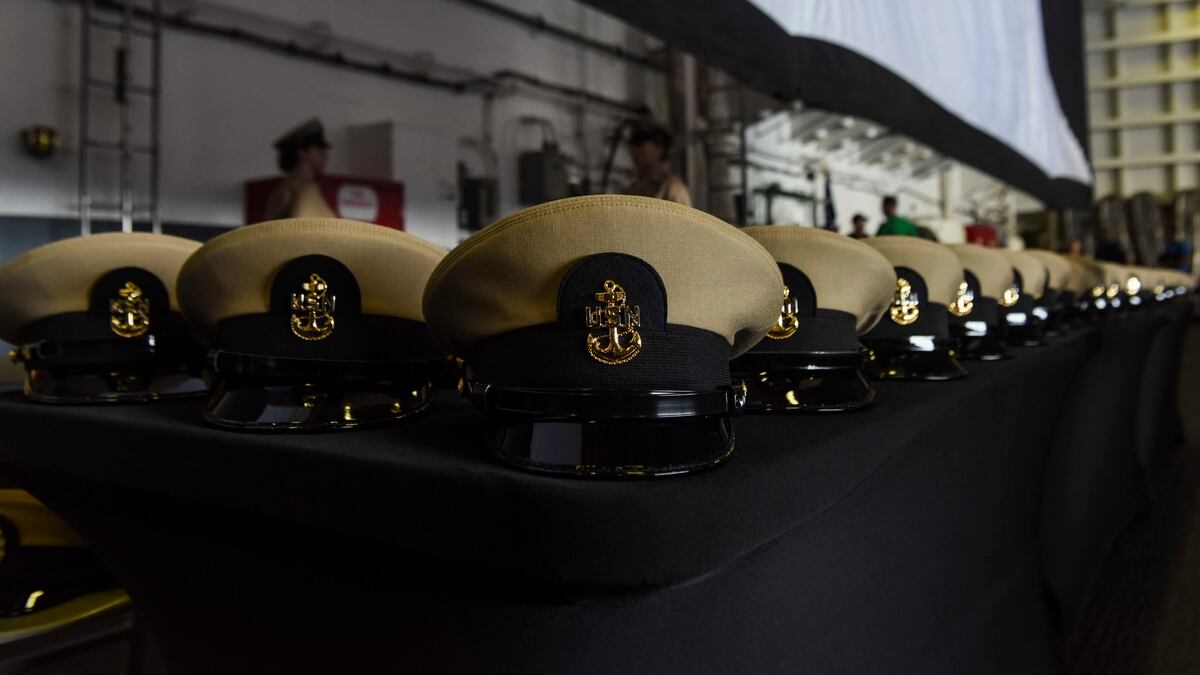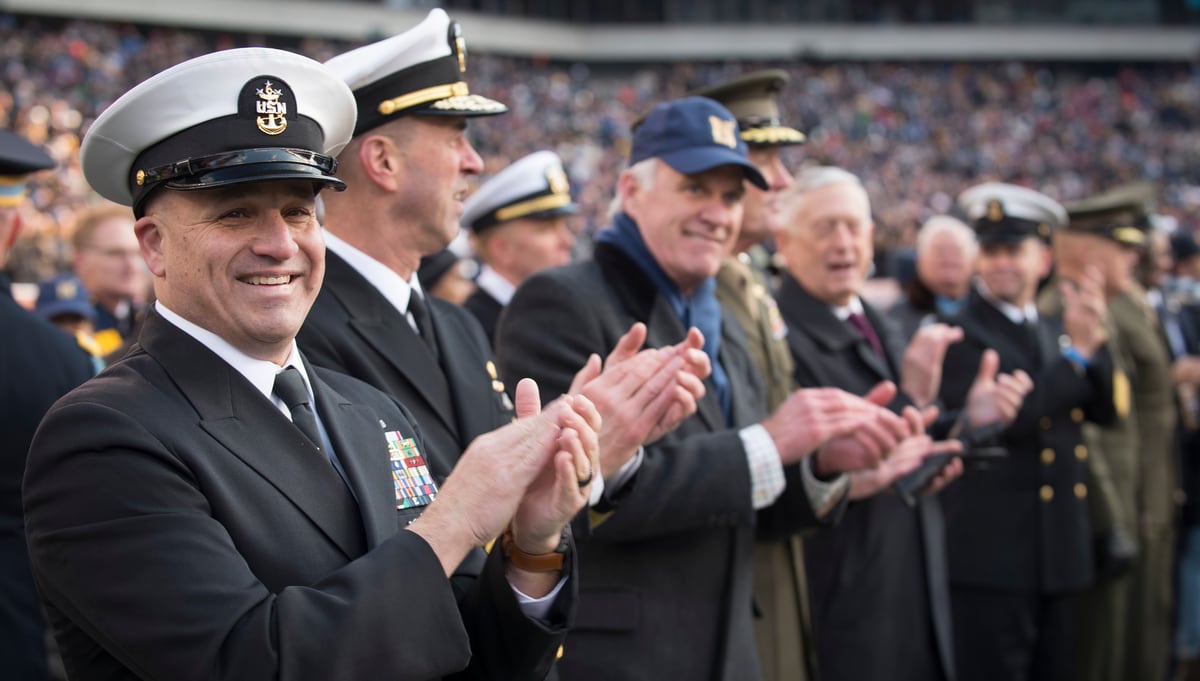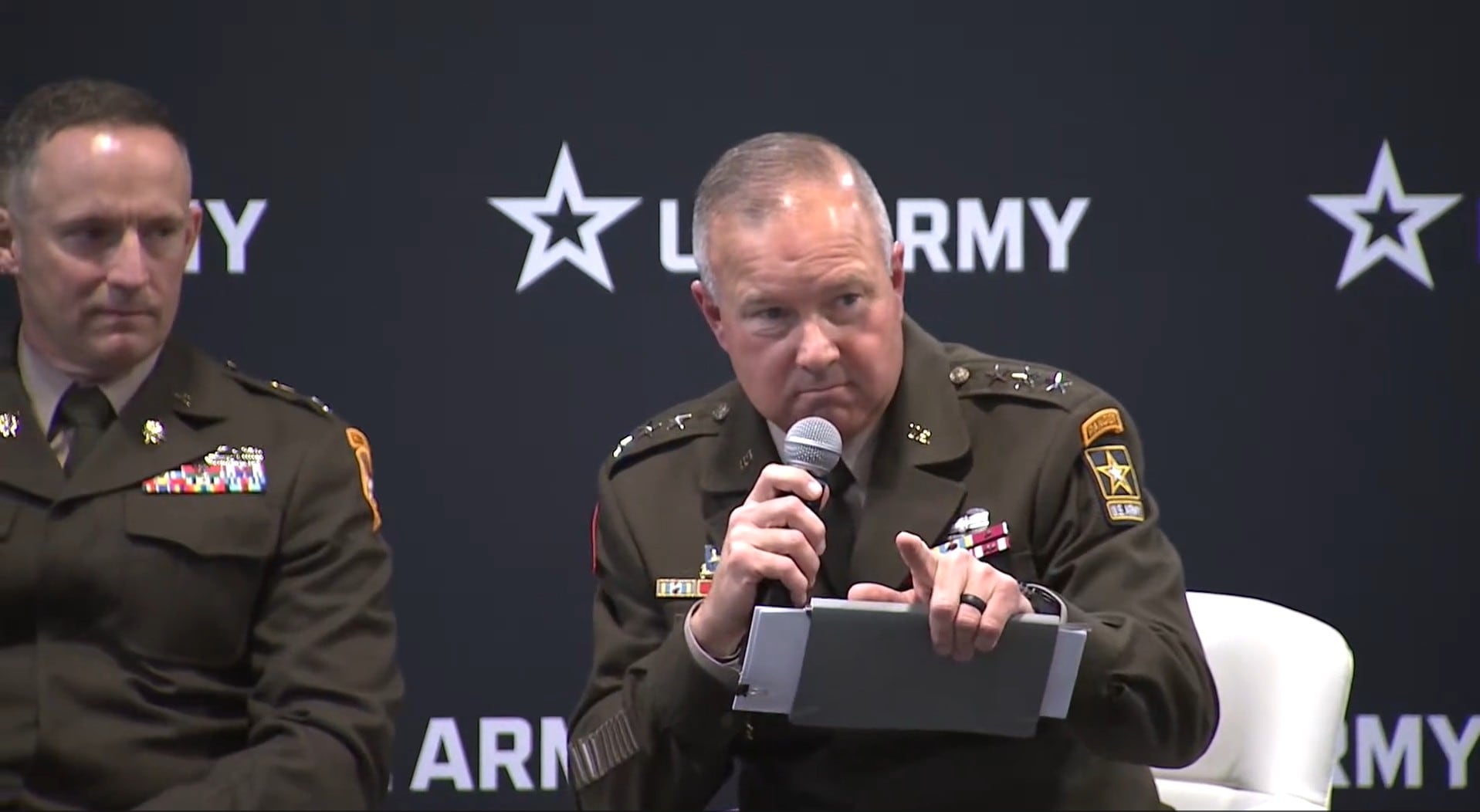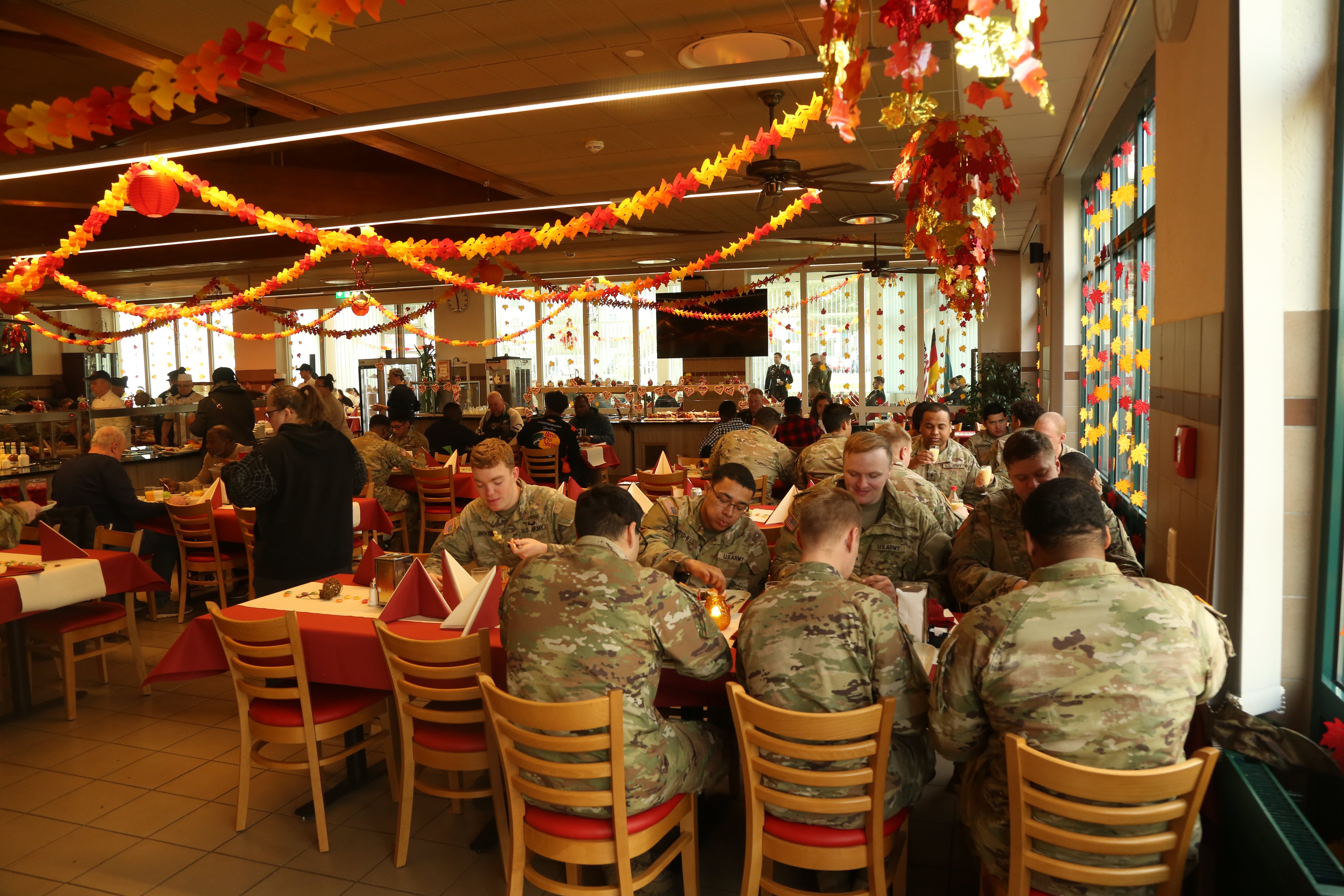Now that he’s the Navy’s top enlisted sailor, don’t expect Master Chief Petty Officer of the Navy Russ Smith to shake things up with his first official CPO initiation guidance.
That happened last year, when the post of an appointed MCPON was vacant and the four fleet master chiefs together reworked the “philosophical and aspirational approach” of initiation.
After smooth sailing through last year’s season, the group decided there was no reason to revisit the effort. And the annual update might become an artifact, replaced by a set of standing orders.
"We took a very different approach last year and rewrote the guidance in an effort to take it away from a compliance-based checklist driven by a set of do’s and don’ts,” Smith said.
“It’s that compliance rubric that we all love as chiefs. You know, what’s my box? What’s my rule set? What can I do? What can’t I do? Chiefs salivate over it every year and they wait for this thing to come out. We need to get away from that because that’s not the right approach.”
RELATED

Smith and the fleet master chiefs instead have adopted a standards-based model for “the building of chief petty officers.”
Ultimately, each command’s senior enlisted leader is accountable for what occurs during the initiation season. The directive guides the mess to “actively enforce good order and discipline” and that any senior enlisted leaders "not following established guidelines will be removed and when necessary, held accountable.”
To Smith, the point is to let communities sculpt their own initiations, so long as each ceremony is “a well-constructed and orchestrated executive senior leadership development program” that teaches selectees to “navigate adversity, foster a culture of leadership, build teamwork” and “grow both personally and professionally.”
MCPON said he wants the initiation process to be both “challenging" and “daunting” and “difficult to navigate” and even “frustrating."
“But at the same time, that doesn’t mean that it can’t be something that they enjoy and that they take great pride and excitement in the camaraderie and in the shared experience that they have with their fellow selectees and the chiefs that they’ll be joining,” he said.
As for the season’s notorious history of shenanigans, Smith said that attitude has been “distilled out” of the mess and what’s left is a “professional regimen” designed to prep a sailor “for the rigors of becoming a chief petty officer.”
But traditions remain, such as the practice of a selectee carrying a charge book through the initiation season. The guidance describes it as “a proud and treasured keepsake” for a newly-minted chief that will preserve a “lifelong living document” that passes on “expectations, knowledge and learning experiences.”
During this season, there’s a mandated CPO Selectee Leadership Course, plus special instruction about the meaning of the Chief Petty Officer Creed.
Recited at every chief pinning ceremony, this creed is a page of prose that contains the “ideals, values and expectations” of a Navy chief.
The initiation season also is expected to conclude with a “capstone event” similar in purpose to boot camp’s “battle stations.” It can last up to 18 hours and test what selectees have learned during the initiation season.
It’s followed by a pinning ceremony the following day, typically Sept. 16.
RELATED

The season will kick off after the active-duty chief selectees are named, which usually occurs in early August.
But it all depends on the schedules of the chief petty officer selection board.
The reserve board begins on May 20 and is expected to adjourn by June 7.
The active-duty board follows on June 27 with an adjournment expected by July 19.
Smith doubts his watch will feature future rounds of initiation directives. To him, last year’s “Laying the Keel” blueprint for enlisted leadership training has become a “living document” guiding the season.
“We all felt that it belonged more as a part of ‘Laying the Keel,’ and not something that’s reissued each year. Though it will be reviewed when necessary and updated if needed, but not on a set timeline, he said.
“So we’ve folded it in with ‘Laying the Keel’ and from here on out, it will be a part of that overarching document. It will only be updated when that document is updated.”
Mark D. Faram is a former reporter for Navy Times. He was a senior writer covering personnel, cultural and historical issues. A nine-year active duty Navy veteran, Faram served from 1978 to 1987 as a Navy Diver and photographer.





